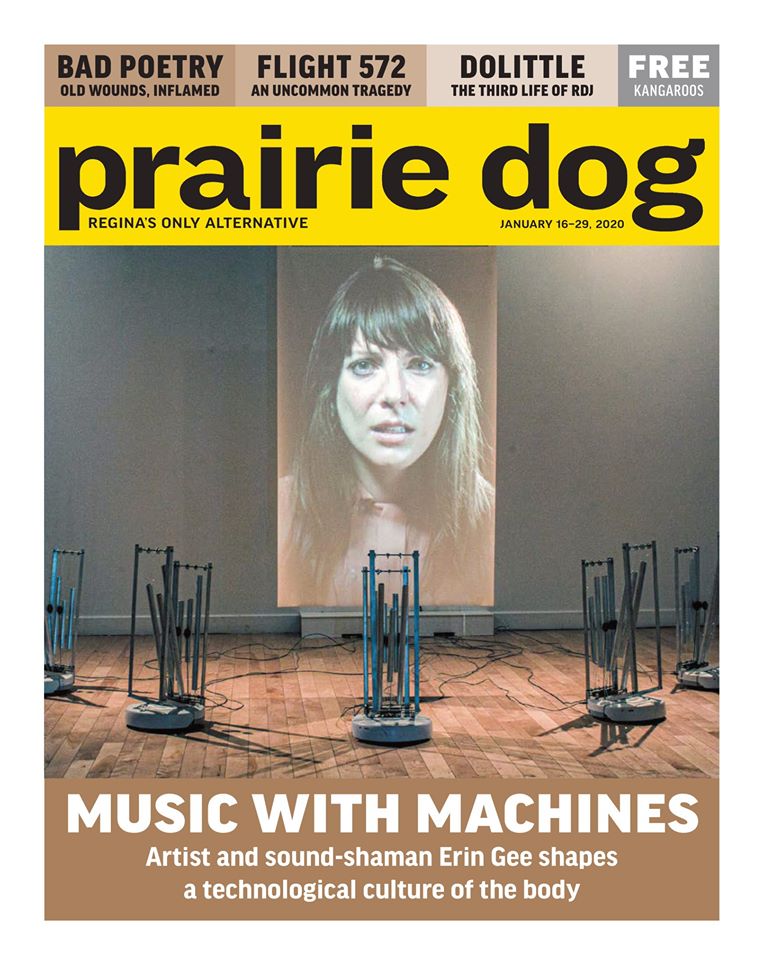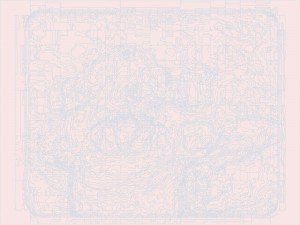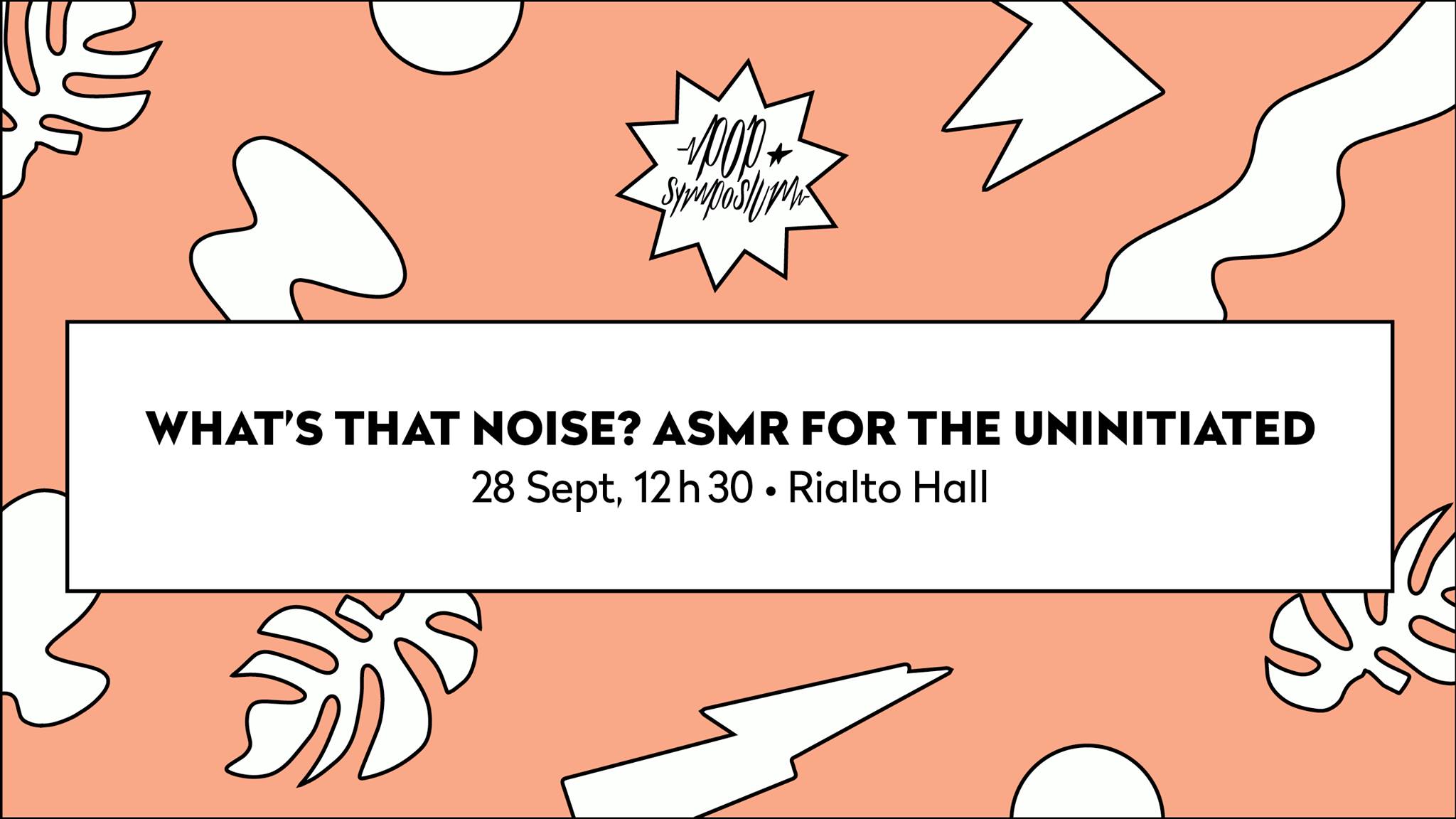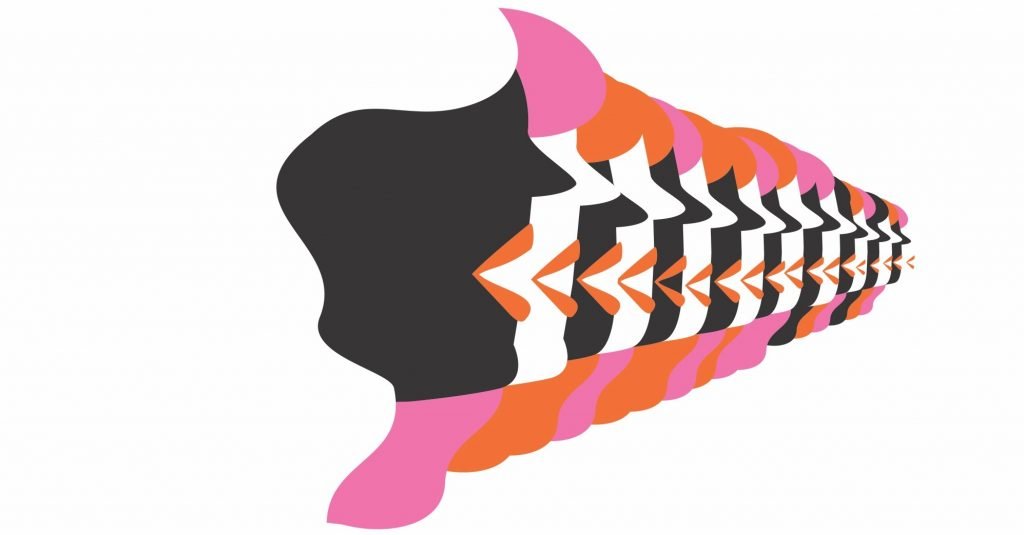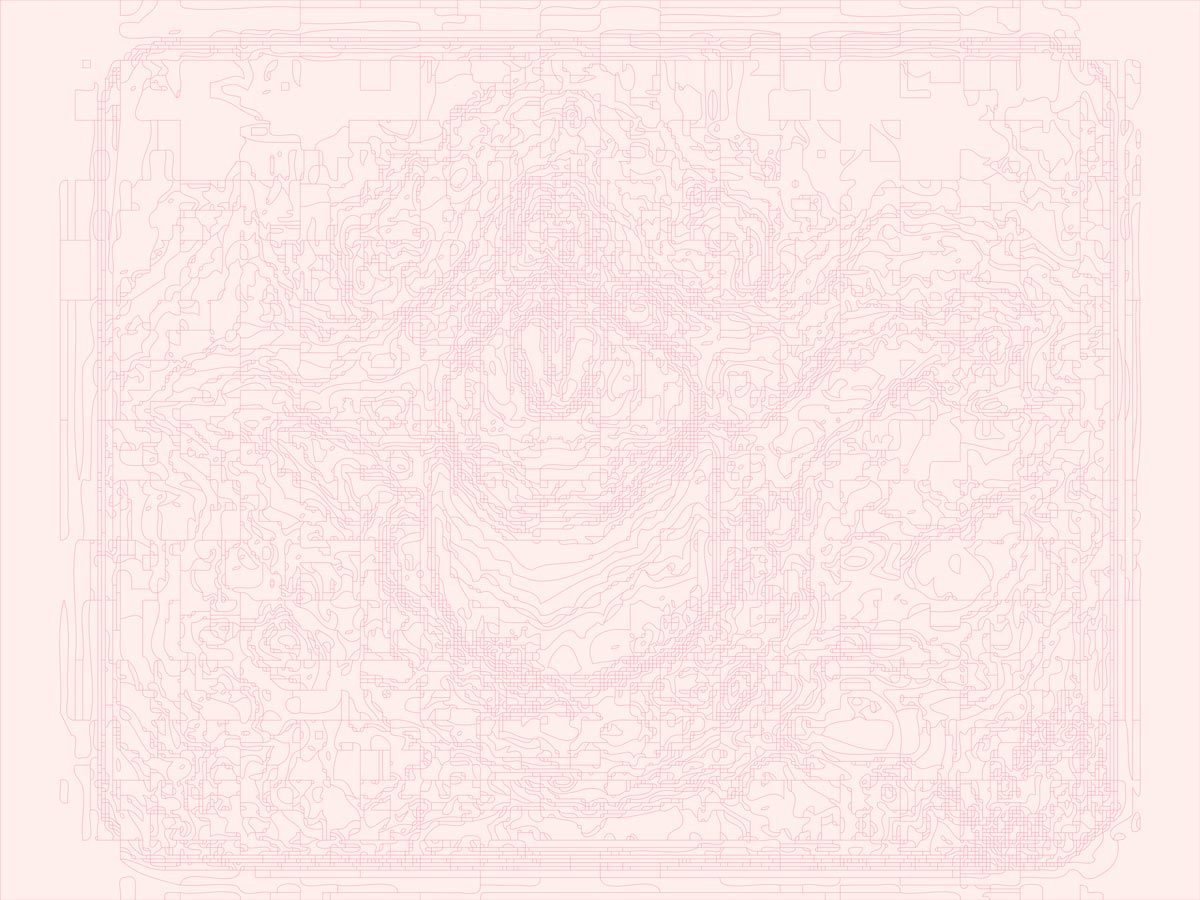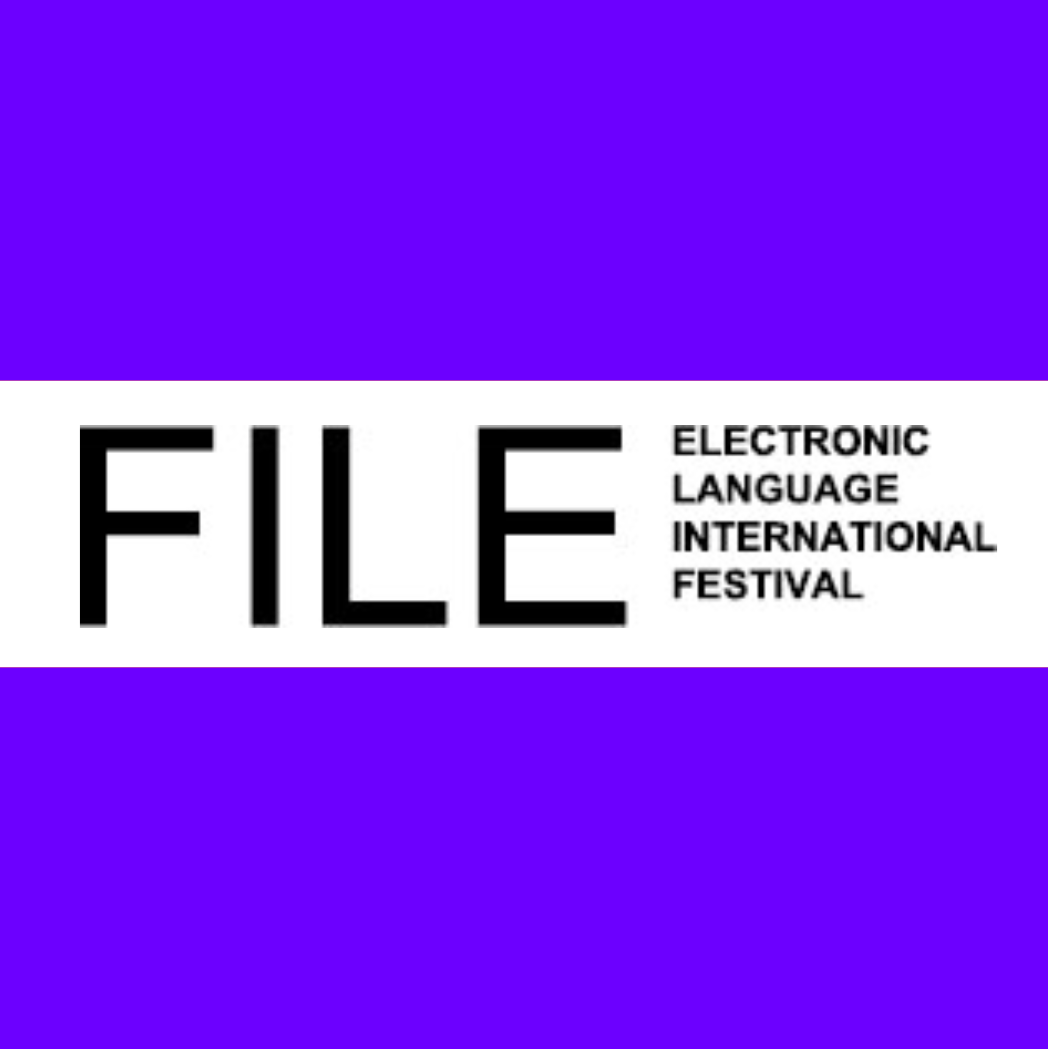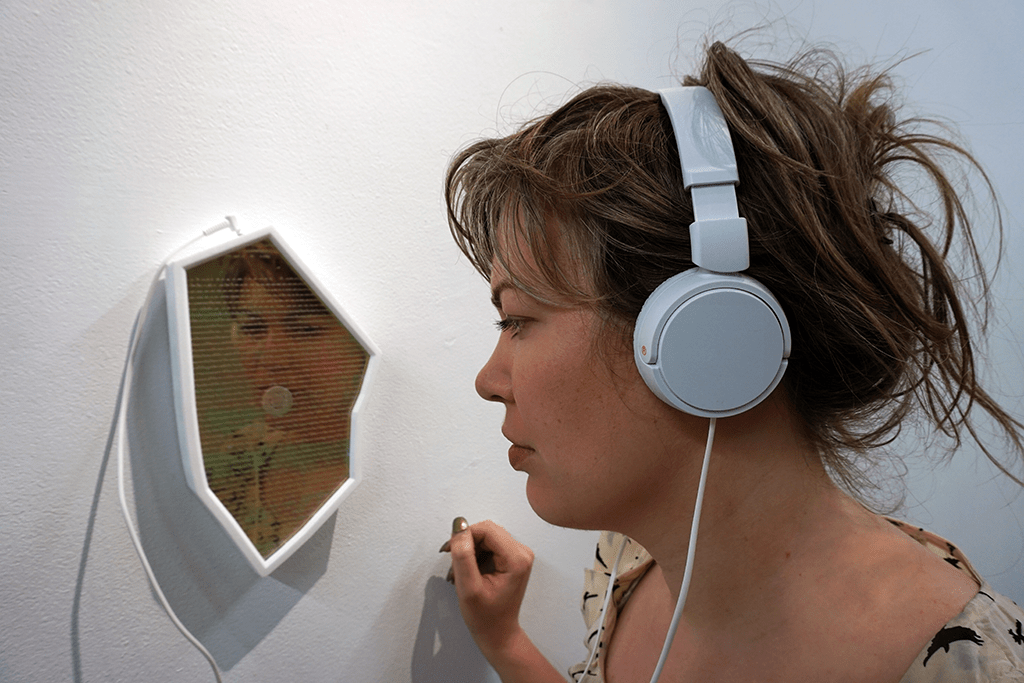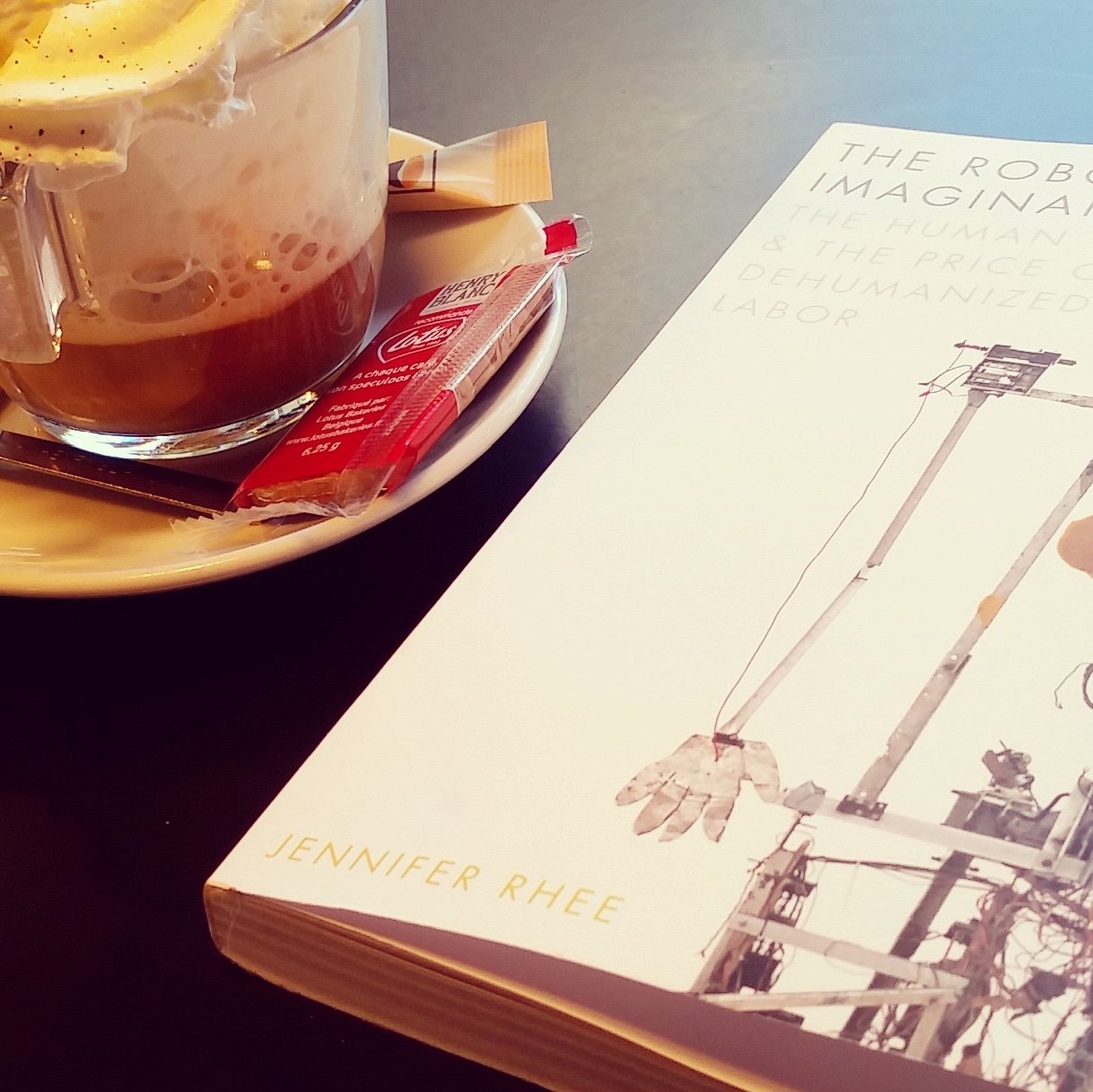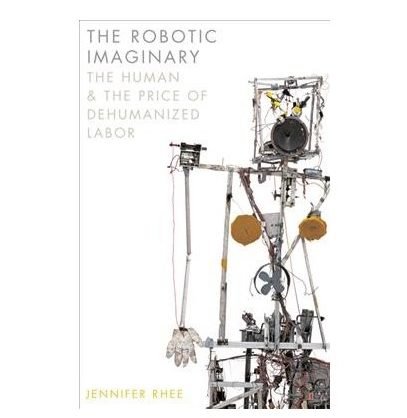Cover Story: Prairie Dog Magazine
“Modernity and the Age of Reason kind of championed the brain as this really important thing that defined us as human,” she adds. “I’m interested in recent scientific studies that [show] it’s not all about the brain. Our thinking process actually happens in concert with our body beyond the brain. What I’m interested in is using technology to create a culture of the body.”
“I’m interested in making a conversation about technology that doesn’t centre on intelligence but on emotion.”
– Erin Gee, excerpts from interview with Gregory Beatty
My exhibition “To the Sooe” at the MacKenzie Art Gallery is front page news in Regina’s Prairie Dog Magazine! The Prairie Dog is Regina’s top source for what is going on in entertainment and the arts, so it is a great honor to be featured. I also appreciate the reporting done by Gregory Beatty on this interview. Click here to read the full article.
As a very brief aside, I want to address to the use of the words “Sound-Shaman” on the cover of this magazine. I have never used these terms to describe my practice, as I am not currently practicing any form of spiritual faith that would qualify me to do so. These words are not my own, but were an editorial decision that I do not identify with and strongly reject.


